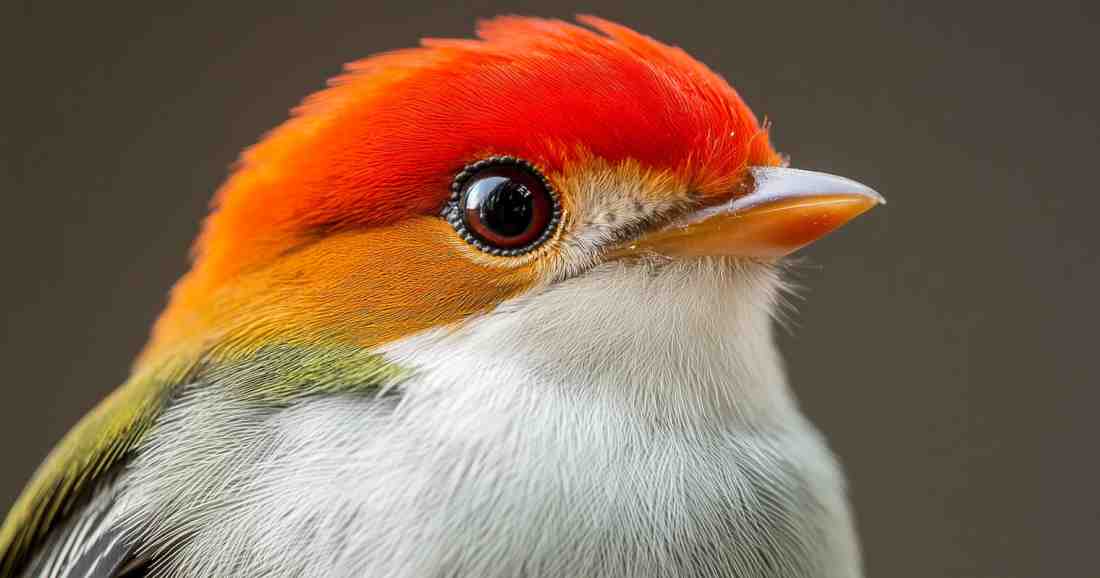
Celebrate Earth Day by exploring the unique Red-Capped Manakin Earth Day Quiz – Celebrate Nature’s Most Dazzling Dancer. The Red-Capped Manakin is one of the rainforest’s most fascinating birds. This Red-Capped Manakin Earth Day Quiz will challenge your knowledge of this energetic species and its role in tropical ecosystems. Known for its gravity-defying “moonwalk” dance, this bird highlights the incredible biodiversity of our planet. Protecting species like the Red-Capped Manakin is essential for maintaining healthy forests.
Continue your bird journey with the Chicken Quiz to uncover some farmyard favorites, The Red-Capped Manakin (Ceratopipra mentalis) lives in the dense forests of Central and South America. Males display a striking appearance with jet-black feathers and a bright red cap. Females, in contrast, have greenish plumage that helps them blend into their surroundings.
Begin Your Red Capped Manakin Earth Day Quiz Journey
What Makes the Red-Capped Manakin Special? Key Facts for the Quiz
This bird is famous for its rapid, smooth-footed courtship dance. Males perform an incredible side-stepping movement that resembles the moonwalk. They also produce mechanical sounds with their wings, adding to their unique display. Scientists study these behaviors to understand bird communication and evolution.
Why Is the Red-Capped Manakin Important to Rainforest Ecosystems?
Red-Capped Manakins play a vital role in seed dispersal. They eat fruits, berries, and figs, then spread seeds through their droppings. This process helps forests regenerate and maintain plant diversity.
Unlike migratory birds, Red-Capped Manakins stay in their habitat year-round. They need intact rainforests to survive and reproduce. Deforestation threatens their food sources and nesting sites, making conservation efforts crucial.
How Can We Protect the Red-Capped Manakin? Earth Day Action Steps
Earth Day reminds us to protect rainforests and the creatures that call them home. Conservationists focus on preserving forest habitats, supporting sustainable agriculture, and promoting eco-tourism.
Ways to help include:
- Supporting reforestation projects that restore damaged landscapes
- Choosing shade-grown coffee, which protects tree cover for birds
- Encouraging wildlife-friendly tourism to promote conservation efforts
By making small choices, we can help safeguard rainforest species. Every action makes a difference in protecting biodiversity.
Are You Ready to Take the Red-Capped Manakin Earth Day Quiz?
Now that you’ve learned about the Red-Capped Manakin’s behavior, ecological role, and conservation needs, it’s time to test your knowledge! This Red-Capped Manakin Earth Day Quiz will challenge you with exciting questions about this remarkable bird. Celebrate Earth Day by learning more about rainforest wildlife—start the quiz now!
Check out our FULL collection of Bird Quizzes!
Loved learning about cockatoos or explore the vibrant and musical world of the Cardinal Quiz.
